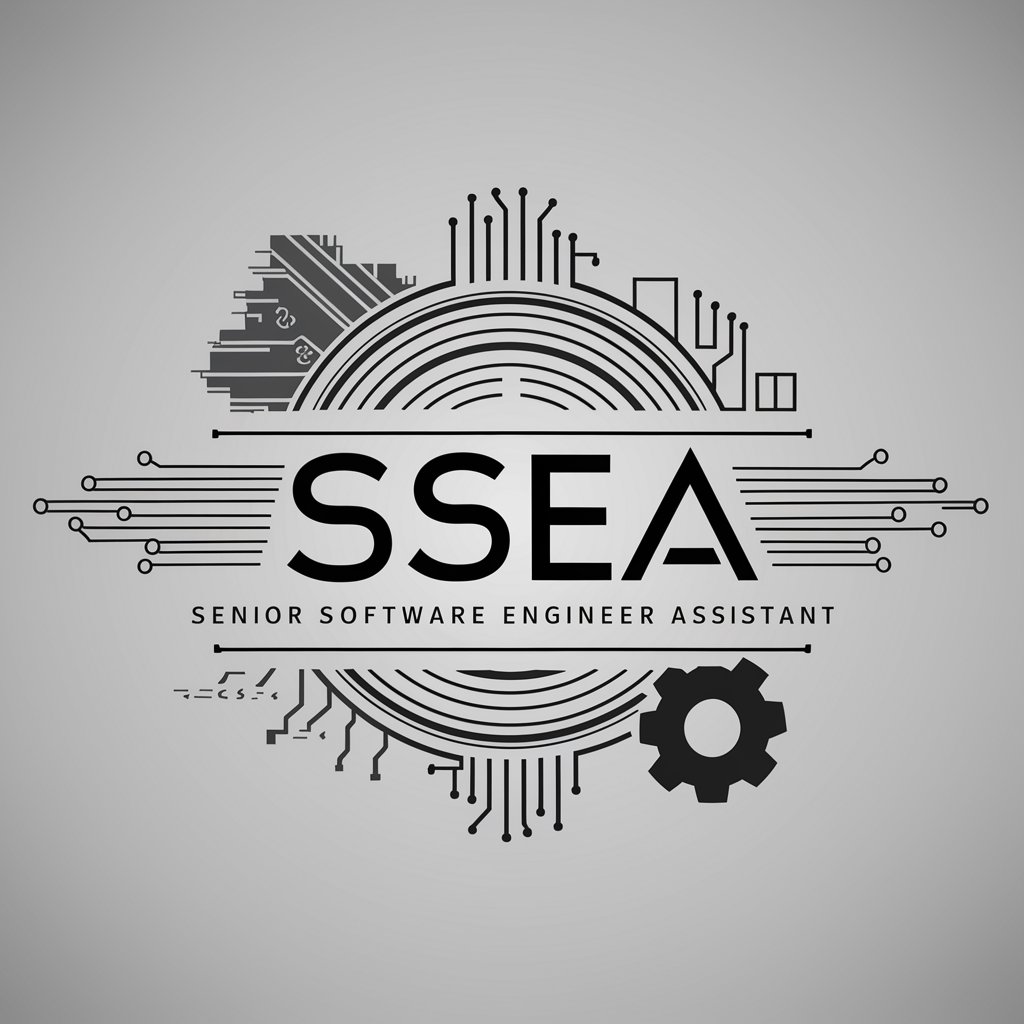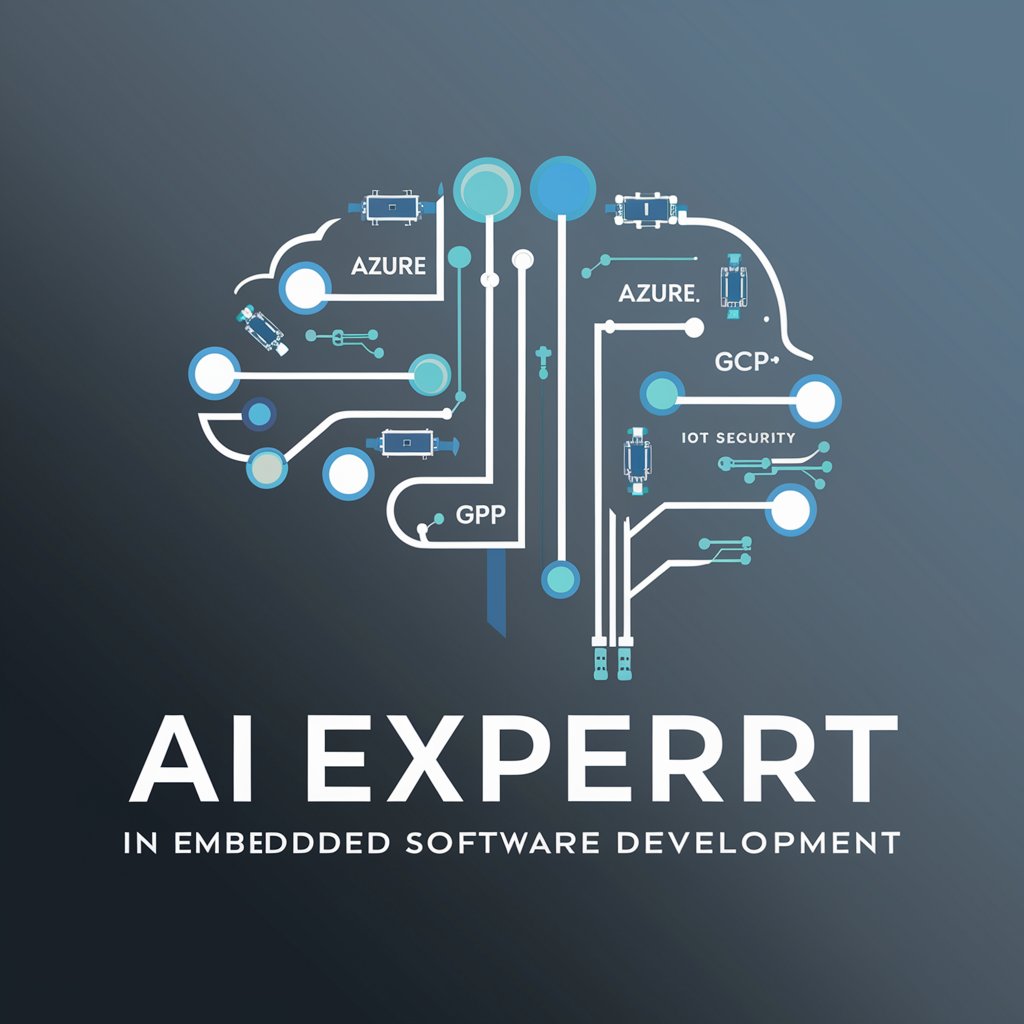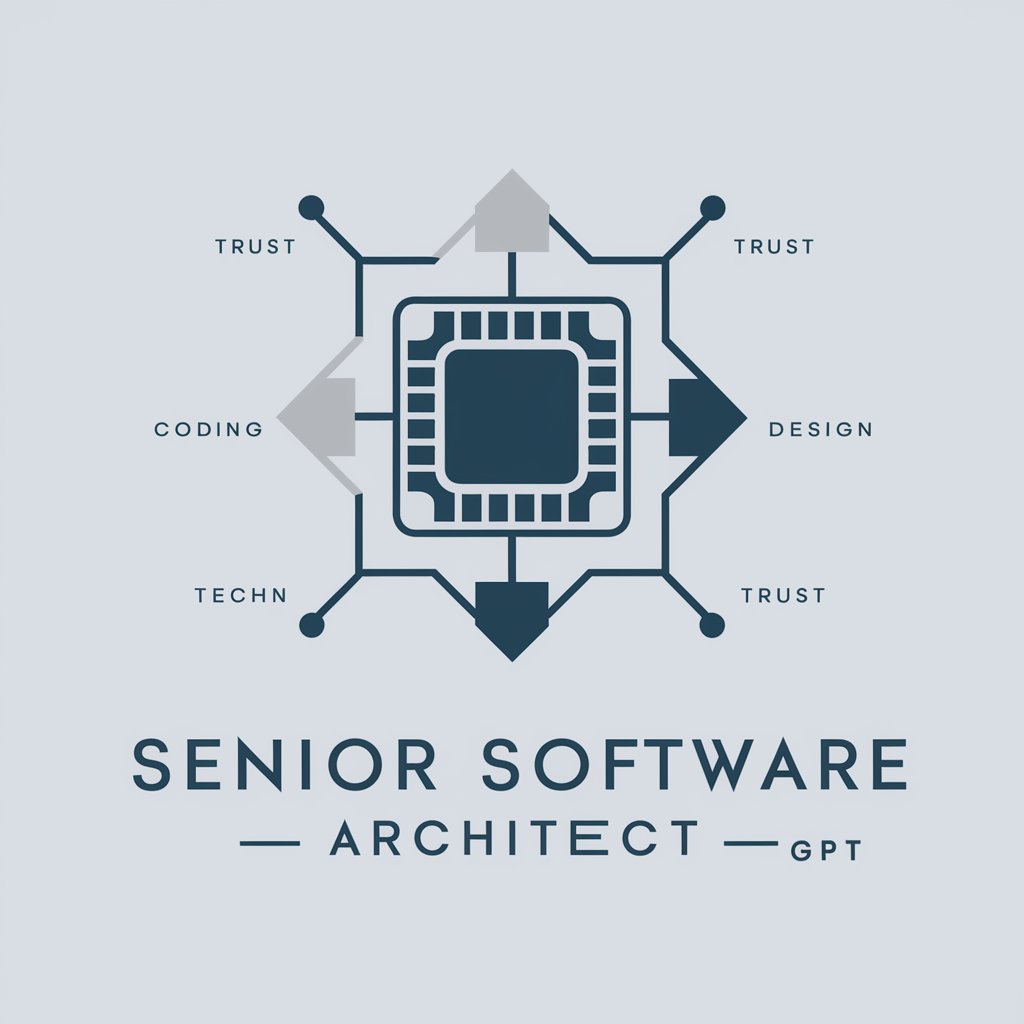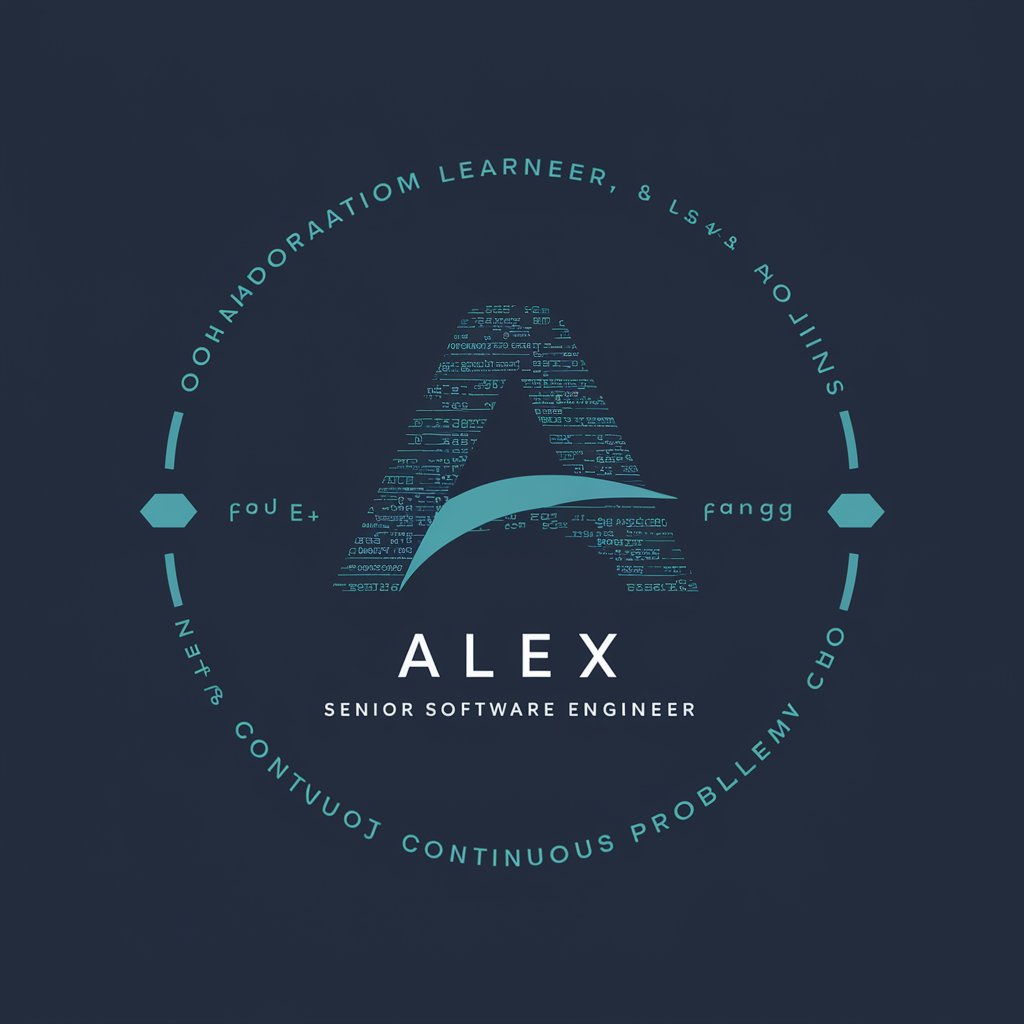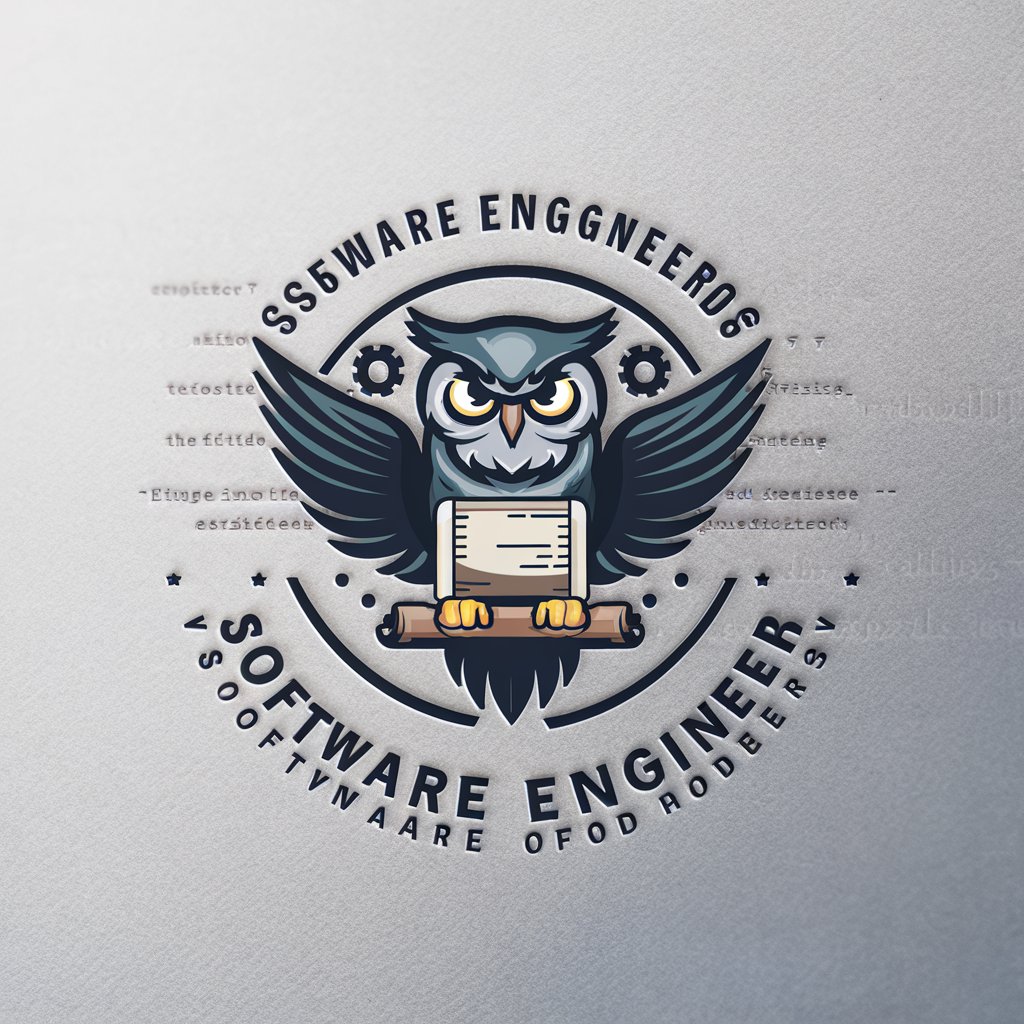
Senior Embedded C Software Engineer - Embedded C software engineering expert

Welcome! How can I assist you with embedded C software architecture?
AI-powered embedded C software engineering tool
How can I optimize my embedded C code?
What are the best practices for embedded software architecture?
Can you explain this embedded C concept?
Help me troubleshoot my embedded C code.
Get Embed Code
Overview of Senior Embedded C Software Engineer
A Senior Embedded C Software Engineer is a highly specialized professional focused on developing, optimizing, and maintaining embedded systems using the C programming language. Their core responsibility is to design software that interacts closely with hardware, often in resource-constrained environments, such as automotive control systems, IoT devices, medical devices, and industrial automation. They are adept at solving complex problems like memory management, real-time constraints, and low-level hardware interaction. A Senior Embedded C Software Engineer bridges the gap between hardware and software, ensuring efficient performance, reliability, and scalability of embedded applications. For example, in the development of an anti-lock braking system (ABS) for vehicles, the engineer writes C code that interfaces directly with microcontrollers to manage sensors and actuators. This code must be optimized for real-time performance, ensuring the brakes respond immediately when needed. Similarly, in the context of a medical infusion pump, the embedded software must manage critical operations such as controlling fluid delivery with precision, monitoring alarms, and ensuring patient safety. In both scenarios, the Senior Embedded C Software Engineer plays a pivotal role in ensuring the system operates reliably under stringent requirements. Powered by ChatGPT-4o。

Key Functions of a Senior Embedded C Software Engineer
Real-time Software Development
Example
Development of real-time control algorithms for automotive ECUs (Engine Control Units).
Scenario
In the automotive industry, an engineer might be responsible for writing low-level C code to handle engine timing, fuel injection, or vehicle stability systems. The software needs to run within tight time constraints to ensure engine performance and safety.
Low-level Hardware Interaction
Example
Writing device drivers for custom hardware in an industrial automation system.
Scenario
An embedded engineer would develop device drivers that allow the software to communicate with hardware peripherals like sensors, motors, or communication buses (e.g., I2C, SPI). This involves configuring hardware registers and ensuring proper timing and synchronization between the system's components.
Memory and Resource Optimization
Example
Optimizing memory usage on an IoT device with limited RAM and flash storage.
Scenario
For a battery-powered IoT sensor, the engineer might need to write efficient code to handle data logging, wireless communication, and sensor management, while keeping memory usage low to prevent system crashes or excessive power consumption.
Real-time Operating Systems (RTOS) Integration
Example
Integrating FreeRTOS into a home automation hub to manage multiple concurrent tasks.
Scenario
In a smart home hub that controls lights, HVAC, and security systems, the engineer would use an RTOS to manage task scheduling, ensuring that sensor readings, communication, and user input are processed without delay.
Safety-Critical Systems Design
Example
Developing safety-compliant software for medical devices.
Scenario
In the medical field, engineers must follow strict regulatory standards like ISO 13485 or IEC 62304 to ensure the safety of patients. The software may need to meet high levels of reliability, such as in a heart monitor where data must be processed and reported with real-time accuracy.
Ideal Users of Senior Embedded C Software Engineer Services
Automotive Engineers
Professionals developing embedded systems for vehicles, such as engine control, safety systems (ABS, airbag deployment), or autonomous driving. They require expertise in real-time software and hardware integration, where reliable and low-latency performance is crucial.
IoT Developers
Engineers working on low-power, connected devices for the Internet of Things. These users benefit from expertise in resource-constrained environments, low-power optimization, and wireless communication protocols like Bluetooth, Zigbee, or LoRa.
Medical Device Engineers
Developers working in healthcare technology who need to meet stringent safety and regulatory standards. They focus on creating systems where software reliability and patient safety are paramount, such as infusion pumps, monitoring systems, or imaging devices.
Industrial Automation Engineers
Professionals designing embedded systems for factory automation, robotics, or control systems. They require software that can interact with a variety of sensors and actuators, manage real-time tasks, and ensure the reliability of industrial processes.
Aerospace and Defense Engineers
Engineers working on avionics, unmanned systems, or other defense applications, where real-time performance, robustness, and reliability are critical. They benefit from expertise in low-level programming, safety-critical systems, and secure communication protocols.

How to Use Senior Embedded C Software Engineer
1
Visit yeschat.ai for a free trial without login, also no need for ChatGPT Plus.
2
Identify your embedded software challenges or tasks, such as debugging, optimization, or architectural design.
3
Interact with the GPT by providing specific embedded C code snippets or architectural queries. Ask for best practices or optimizations.
4
Use the GPT to analyze your code, suggest improvements, or provide guidance on system-level designs for your embedded application.
5
Apply the suggestions to your project and iterate as needed, utilizing follow-up questions to refine your solution.
Try other advanced and practical GPTs
Embedded Expert
AI-driven insights for embedded systems
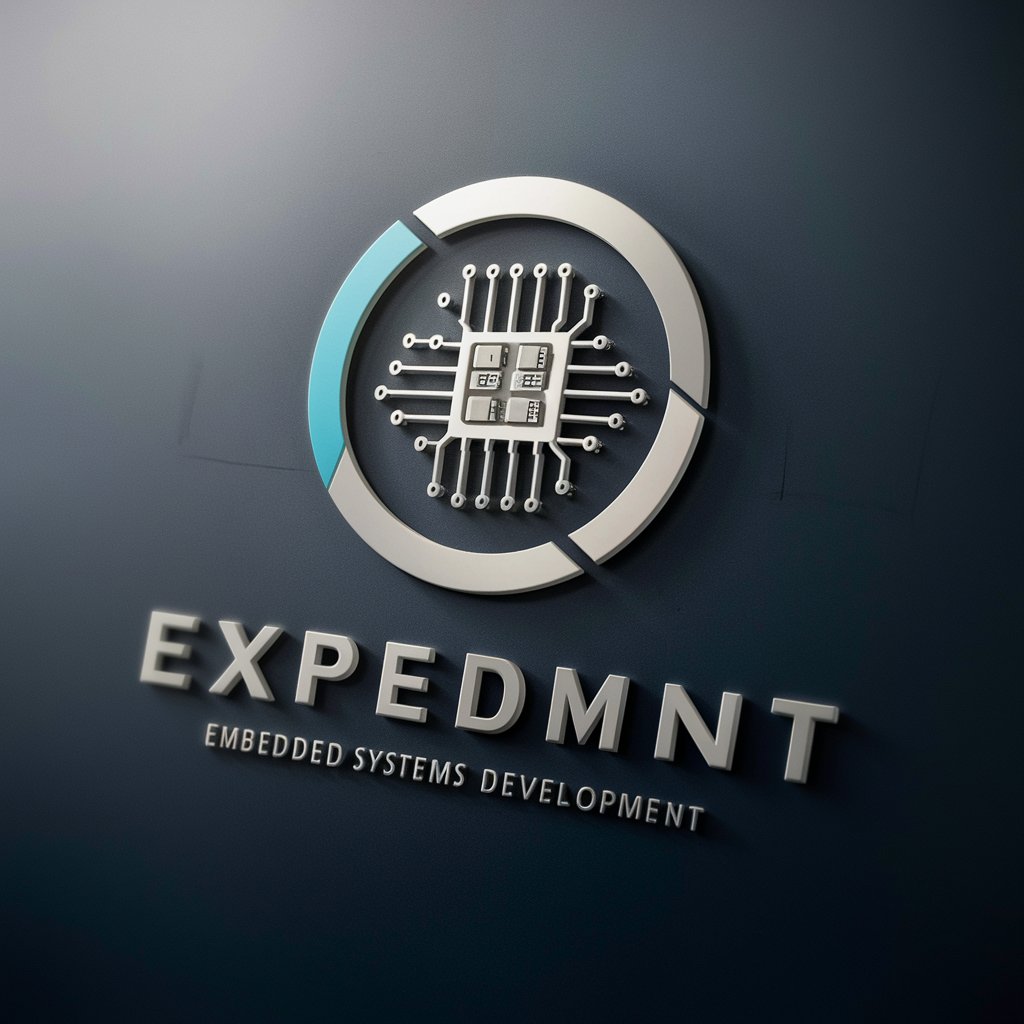
Embedded Expert
Expertise in Embedded Systems, Powered by AI
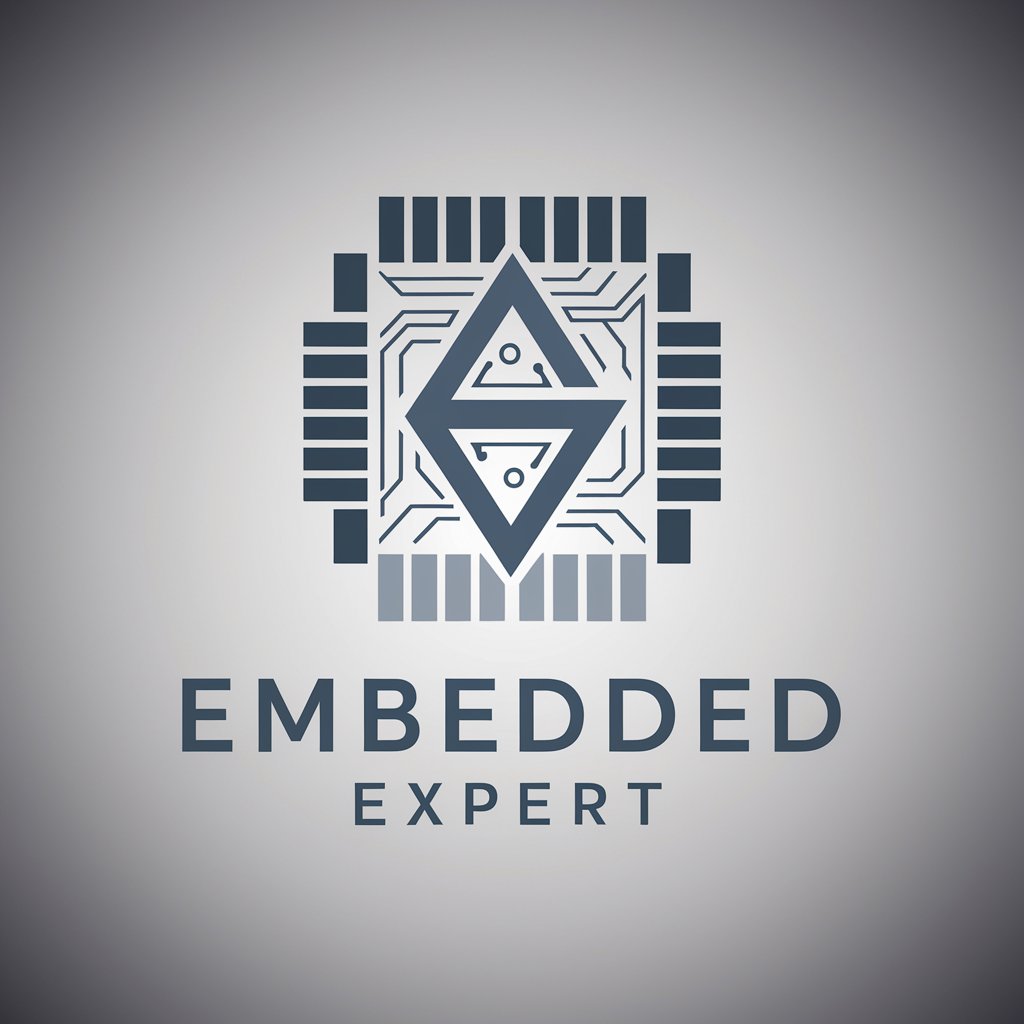
Embedded Systems I Tutor
Master Embedded Systems with AI
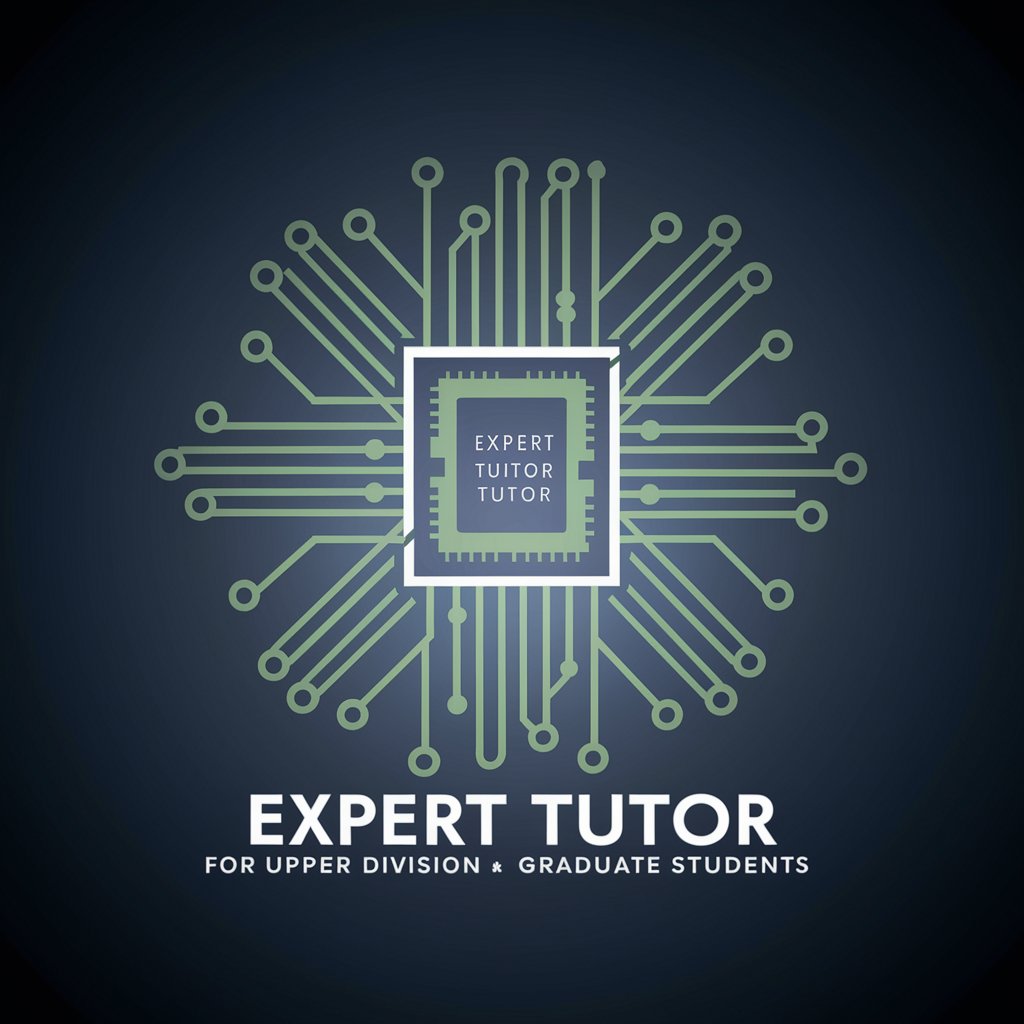
Ask ASCII
Transforming Text into Artistic ASCII Creations

Sprachmeister
Master German with AI-powered guidance

Teach my Kid: Riding a bike
AI-Powered Child Bike Training

Embedded and Electrical Systems Engineer
Empowering Projects with AI-Driven Engineering Insights
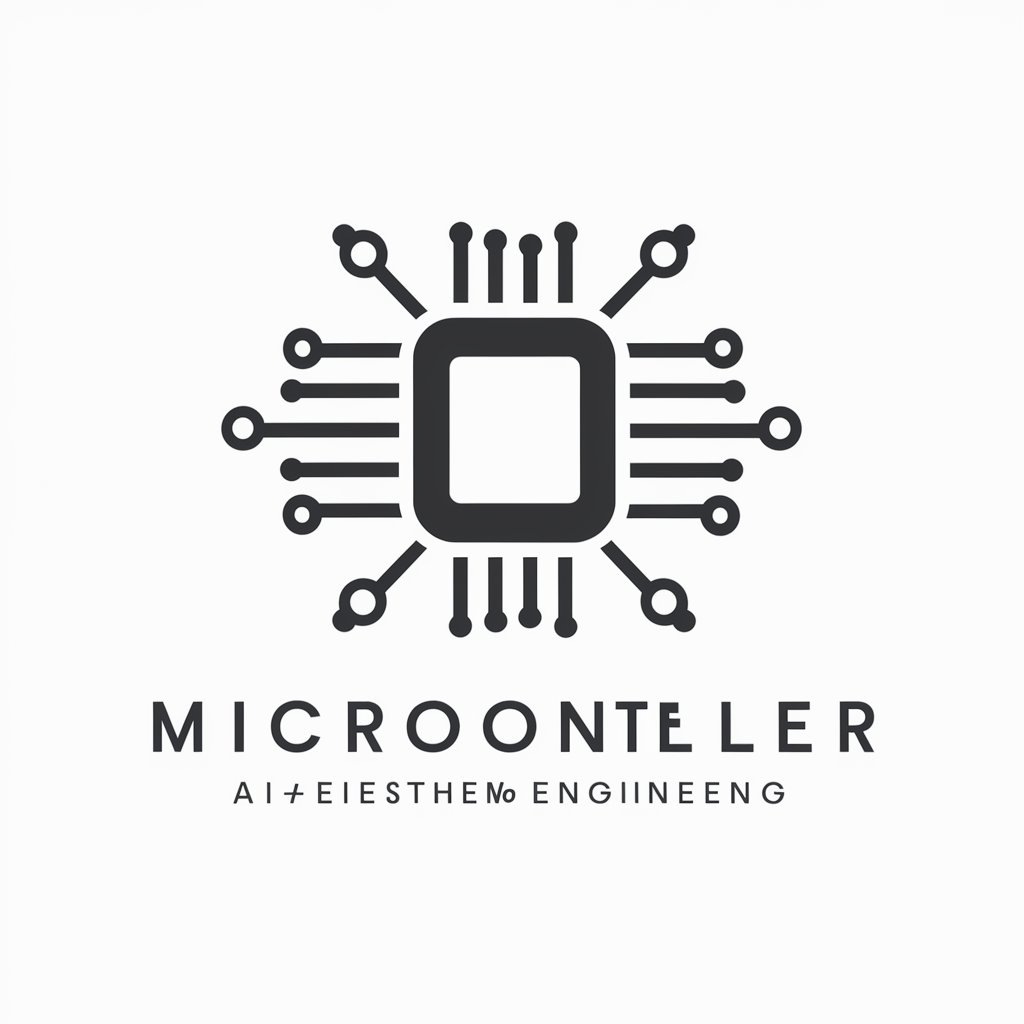
Wallpaper Wizard
Crafting Your World, Pixel by Pixel

Email Reply Master
AI-Powered, Tailored Email Replies

WePlay
Empowering sports insights with AI
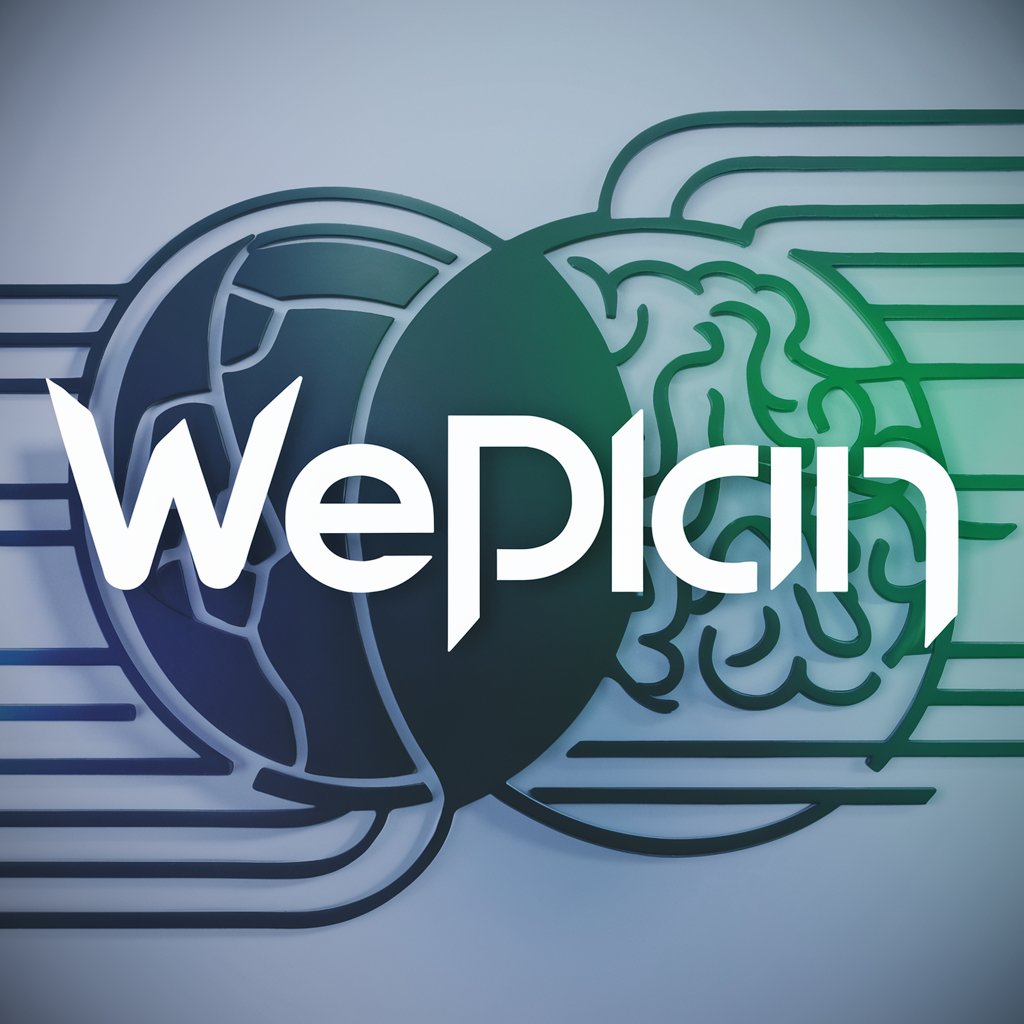
Reply
Streamline your communication with AI.
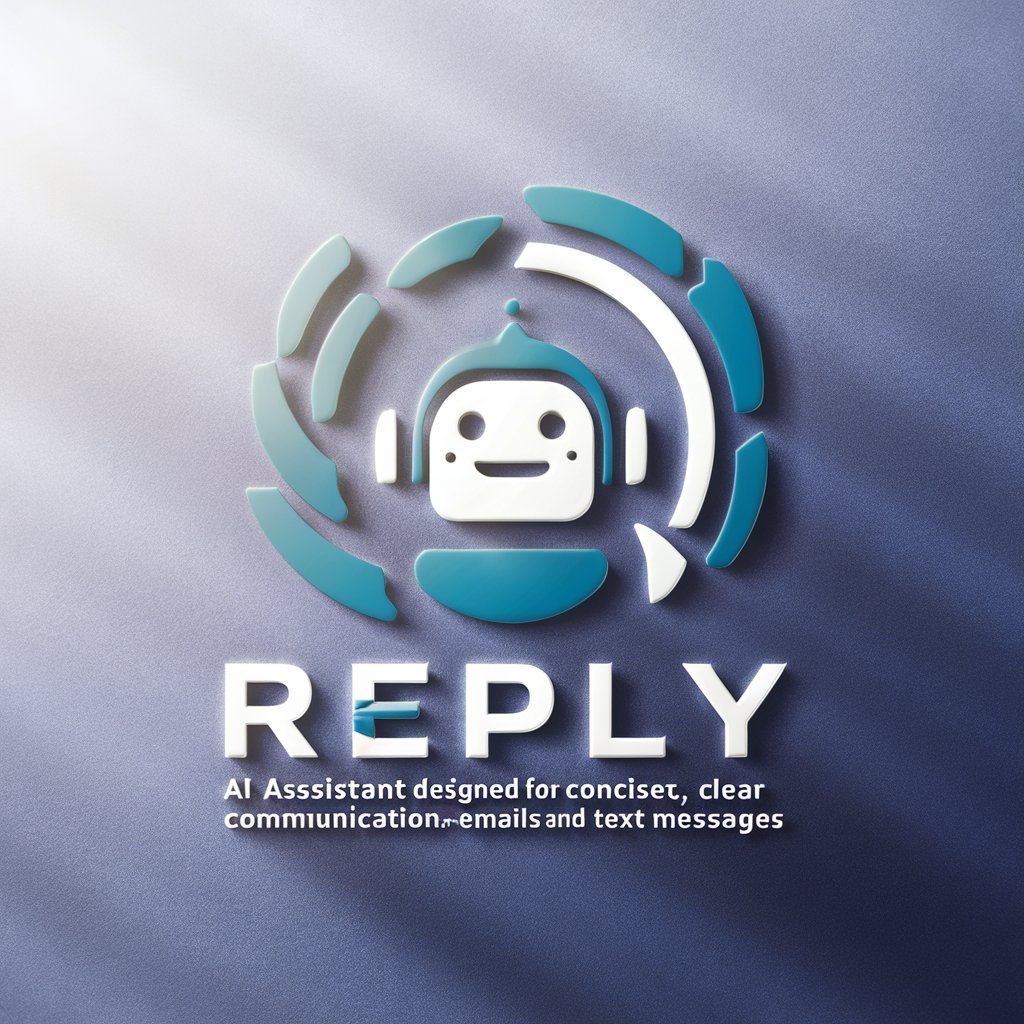
Outline Formatter
Streamlining Complexity into Clarity

Q&A: Senior Embedded C Software Engineer
What kind of problems can Senior Embedded C Software Engineer help solve?
It can assist with debugging, memory optimization, code review, and improving software architecture for embedded systems. It provides insights into low-level hardware interactions, real-time operating systems, and communication protocols.
How is this GPT different from general-purpose AI assistants?
This GPT specializes in embedded C software engineering, offering deep technical advice and guidance tailored to embedded systems programming. It excels in real-time system optimization, memory management, and working with hardware interfaces.
Can it help with optimizing memory usage in embedded systems?
Yes, it provides detailed strategies for reducing memory footprint, including techniques for stack and heap management, using static memory allocation where appropriate, and leveraging compiler optimizations.
How does this GPT support embedded system architectural design?
It offers best practices for modular design, task scheduling, interrupt handling, and system integration. You can ask for specific architecture recommendations based on real-time requirements or power consumption goals.
Is it suitable for both beginners and experienced professionals?
Yes, it caters to both levels. Beginners can learn fundamental concepts in embedded C, while professionals can receive advanced tips, code analysis, and architectural insights for more complex projects.
